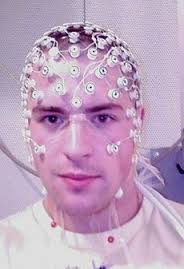One of the problems with humanity is that we all believe that we can do things safely even if others tell us that they are not safe. People who drive fast do so because they are good drivers (so they tell us), people claim that they can drive while under the influence of alcohol or drugs when the statistics prove otherwise, and even making a call or texting does not distract some super-drivers.
Governments take some action in some form or other to try and stop people doing these things, but it is selective in nature. Let us take texting while driving as an example. In some countries it is illegal to drive and text at the same time. In the USA it is allowed in some states and prohibited in others. In some states you can talk on the phone, in others not you need a hands-free system.
The law though seems to be selective. Last week research published in the Science journal demonstrates that it is not holding the phone to text or speak that is the problem, it is the conversation itself that causes the distraction.
The research showed little or no difference between the rate of accidents when people are using a hands-free system and when they are physically holding the phone. The type of conversation does make a difference though, the more the driver has to concentrate on the subject matter or think before replying, the more chance there is of having a crash.
They also found that any type of interaction, even listening to the radio, effects reaction times and attention paid to the road. The radio is the least invasive because it does not require a response, but I wonder if listening to a news show or a discussion that you have to concentrate to follow causes more distraction, a logical line of thought would seem to imply so. Interestingly enough voice to text is the most dangerous type of technological interaction addressed.
So there are laws against texting, and not holding a phone (I must add not everywhere) but why not make speaking hands-free illegal too? And we should bear in mind that cars are ever more designed for connectivity, and that means distraction, maybe this should also be regulated.
Well that would require a change in business practices and take away personal freedom some might say, but we should remember that driving is not a right, it is a privilege that is governed by rules.
This is a serious piece of research that uses eye monitoring technology to measure distraction and driver awareness. The findings are clear and there is plenty of supporting data from other sources, but how would you feel about not being able to make a call at all though while driving?
At least your boss couldn’t call you while you were on your way home.


